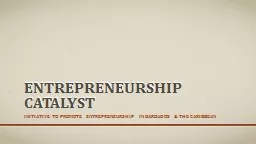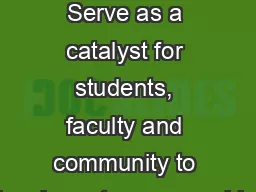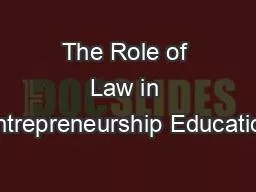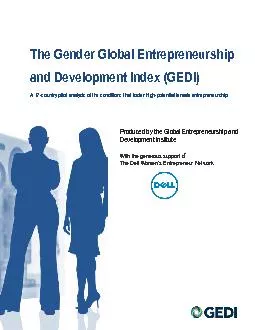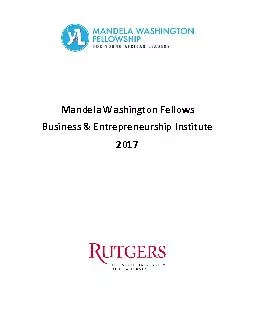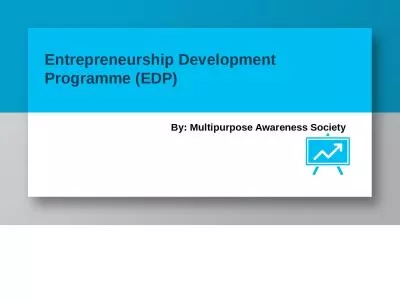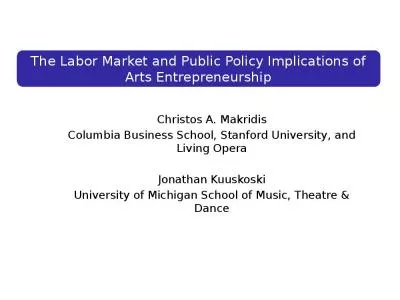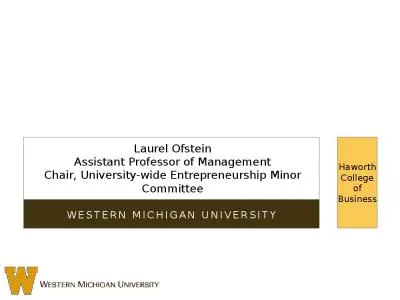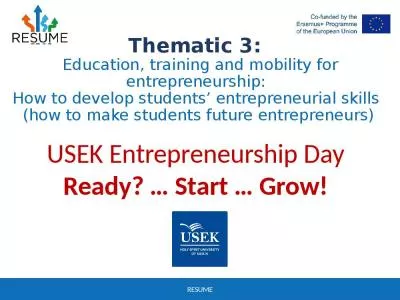PDF-Do Traditional Institutions Constrain Female Entrepreneurship A Field Experiment on Business
Author : jane-oiler | Published Date : 2015-03-10
Indeed one view is that inadequate access to credit prevents women from under taking highreturn business activities However one recent empirical study 64257nds low
Presentation Embed Code
Download Presentation
Download Presentation The PPT/PDF document "Do Traditional Institutions Constrain Fe..." is the property of its rightful owner. Permission is granted to download and print the materials on this website for personal, non-commercial use only, and to display it on your personal computer provided you do not modify the materials and that you retain all copyright notices contained in the materials. By downloading content from our website, you accept the terms of this agreement.
Do Traditional Institutions Constrain Female Entrepreneurship A Field Experiment on Business: Transcript
Download Rules Of Document
"Do Traditional Institutions Constrain Female Entrepreneurship A Field Experiment on Business"The content belongs to its owner. You may download and print it for personal use, without modification, and keep all copyright notices. By downloading, you agree to these terms.
Related Documents



